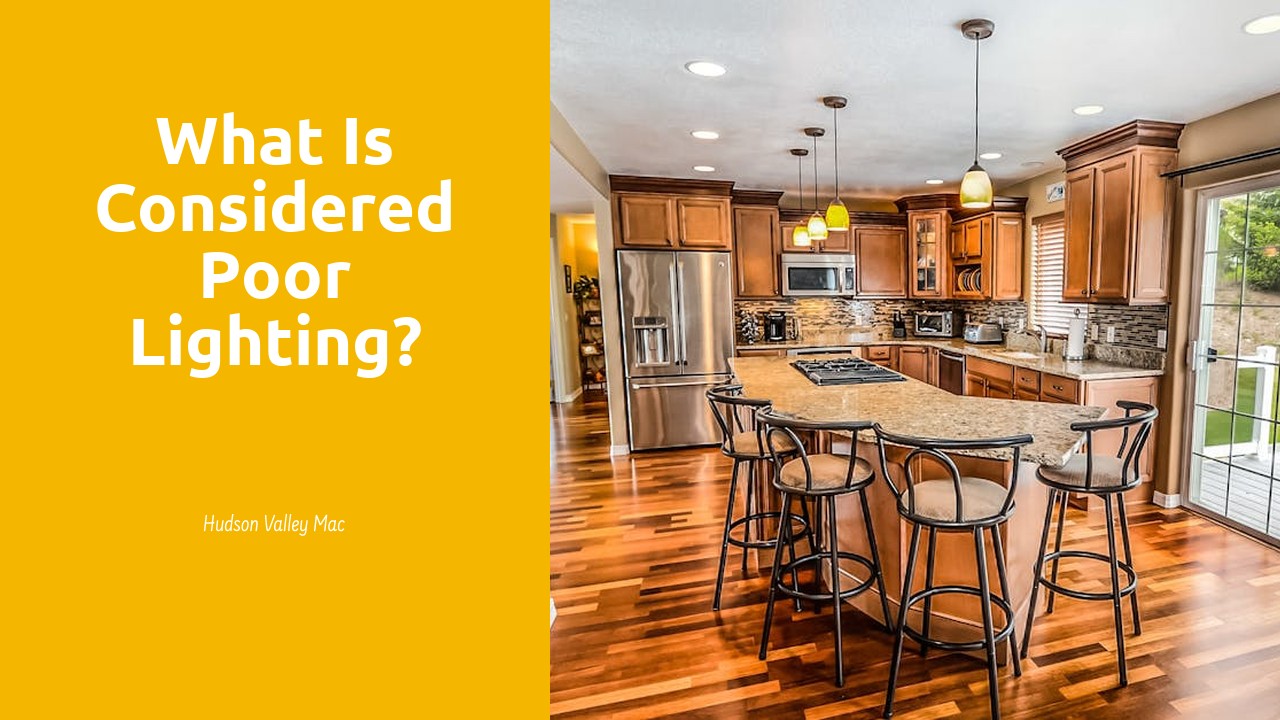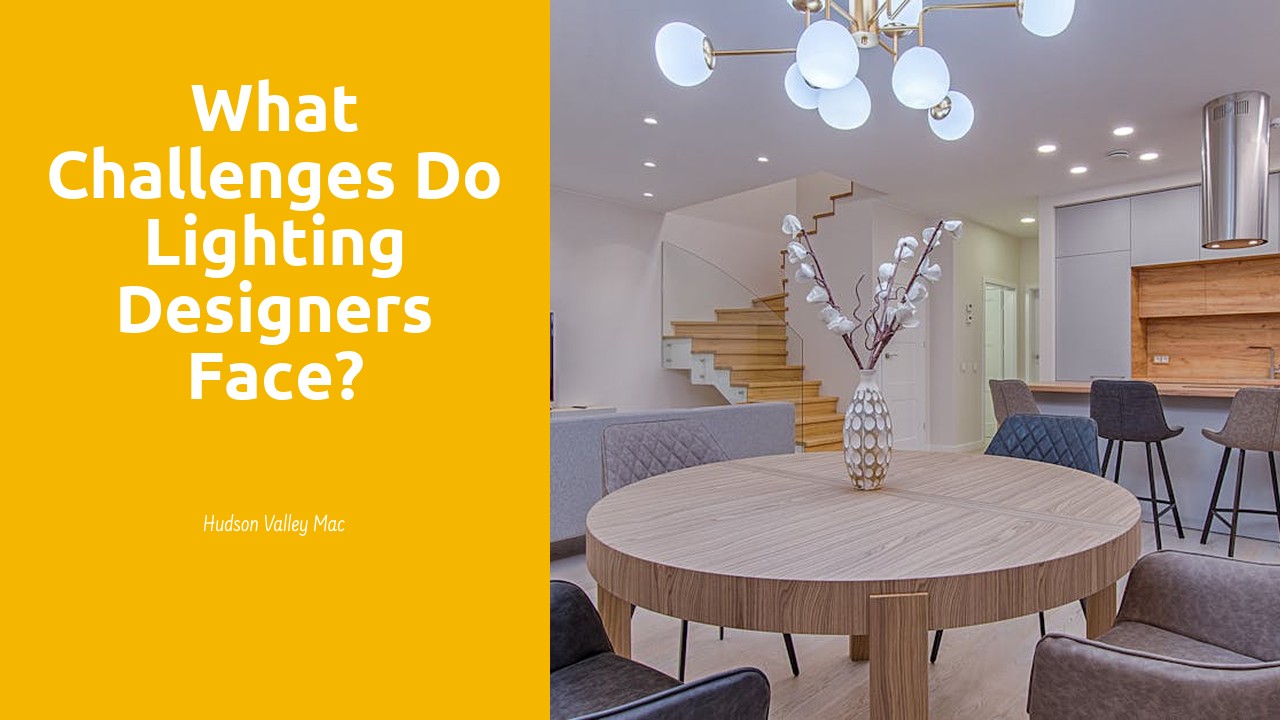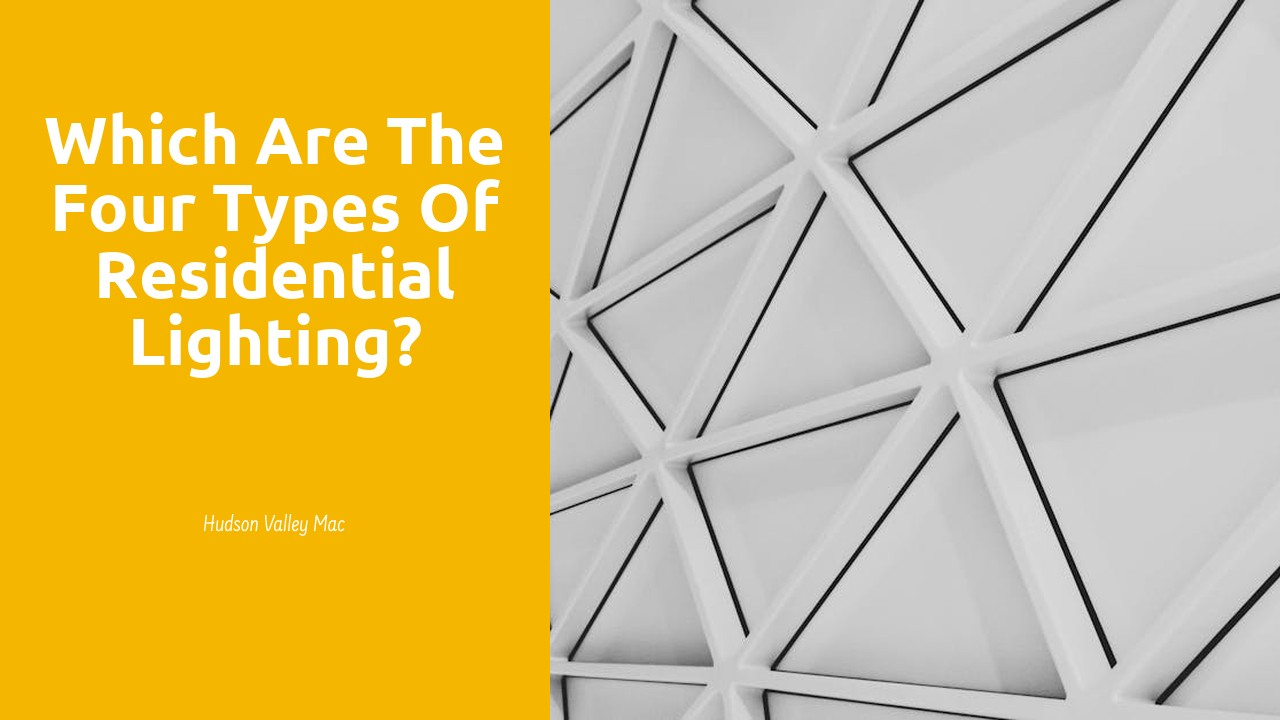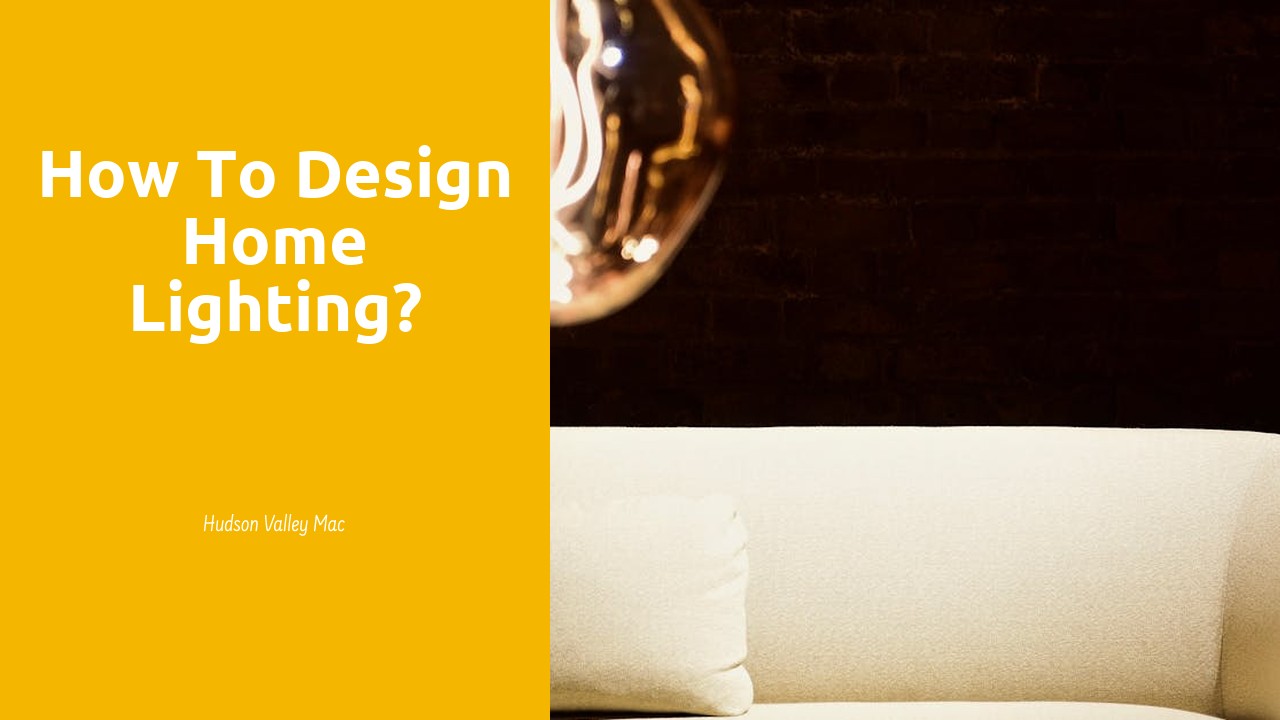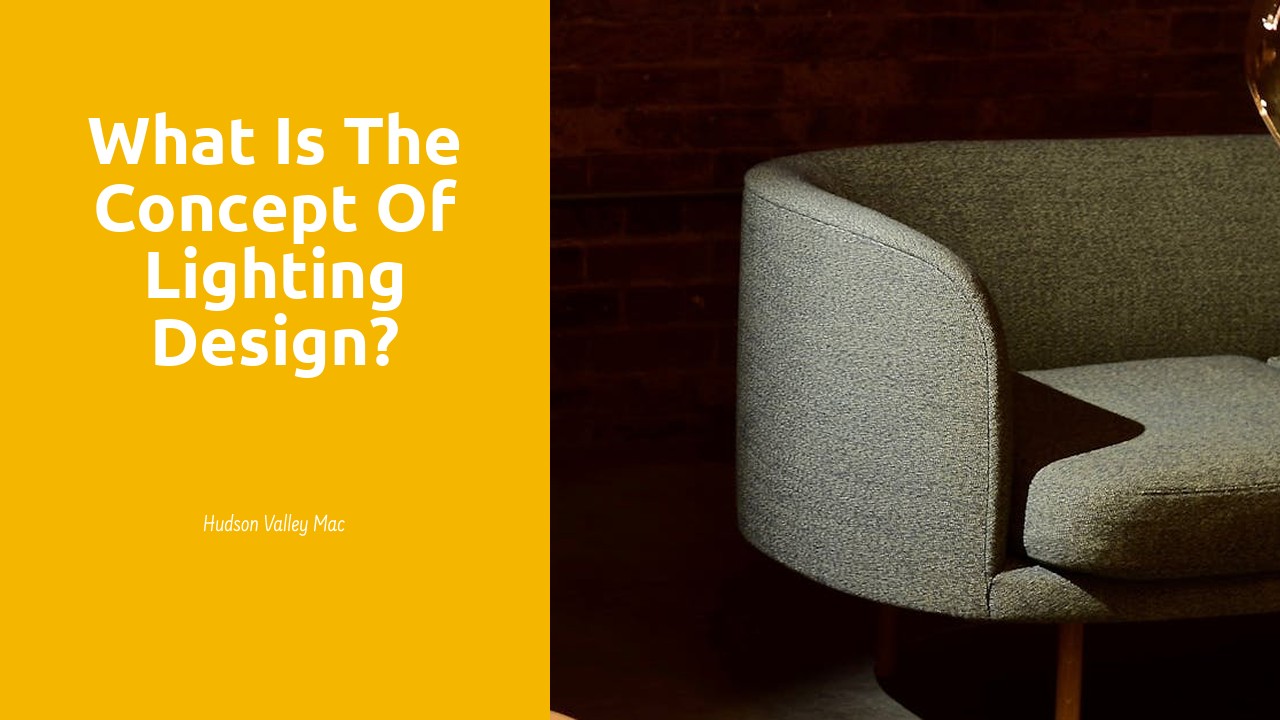
Table Of Contents
Using Lighting Design to Highlight Architectural Features
Highlighting architectural features through lighting design is a crucial aspect of creating a visually appealing and captivating space. By strategically placing lights to illuminate specific elements of a structure, designers can draw attention to the unique characteristics of a building. Lighting Design St. Thomas plays a significant role in accentuating the lines, textures, and forms that make up the architectural design, adding depth and dimension to the overall aesthetic.
Through the skillful use of lighting, designers can create a focal point within a space, directing the viewer's gaze towards key architectural details. Whether it's highlighting intricate patterns on a ceiling, showcasing a grand staircase, or emphasizing a distinctive façade, lighting design has the power to enhance the visual impact of architectural features. By harnessing the interplay between light and shadow, designers can transform ordinary structures into captivating works of art, showcasing the beauty and intricacies of the built environment.
Accentuating Design Elements with Light
Accentuating design elements with light is a fundamental aspect of lighting design. By strategically placing light fixtures, designers can draw attention to specific features of a space, creating focal points and enhancing the overall aesthetics. In Lighting Design Woodstock, the interplay between light and shadow is used to accentuate textures, shapes, and architectural details, adding depth and visual interest to the design.
Furthermore, the intensity and direction of light can be manipulated to highlight certain elements while casting others into shadow, thereby sculpting the visual perception of a space. Through the careful selection of lighting fixtures and their placement, designers can create a dynamic interplay between light and darkness, transforming the ordinary into something extraordinary. In Lighting Design Woodstock, this approach is utilized to evoke a sense of drama, sophistication, or tranquility, depending on the desired ambiance of the space.
Importance of Colour Temperature in Lighting Design
When considering lighting design, one crucial aspect to keep in mind is the colour temperature of the light used. Colour temperature refers to the warmth or coolness of a light source and is measured in Kelvin. Different colour temperatures can evoke various moods and emotions within a space. For instance, warmer light with lower Kelvin values, around 2700K to 3000K, can create a cozy and inviting atmosphere, perfect for residential areas like living rooms or bedrooms. On the other hand, cooler light with higher Kelvin values, approximately 4000K to 5000K, tends to energize a space and is ideal for workplaces or kitchens where task-oriented activities take place. Finding the right balance of colour temperature is essential in achieving the desired ambiance in any setting.
Lighting Design Sarnia offers expertise in selecting the appropriate colour temperature to enhance the functionality and aesthetics of a space. Understanding how colour temperature influences the perception of a room is crucial for creating a harmonious environment that meets the needs of its occupants. By carefully considering the colour temperature of lighting fixtures, designers can transform a space, making it more inviting, engaging, or productive, depending on the desired outcome. Whether it's a warm, intimate setting for a restaurant or a bright, stimulating workspace in an office, the colour temperature of light plays a significant role in shaping the overall feel of a space.
Creating the Desired Atmosphere with Light
Creating the desired atmosphere through lighting design is a fundamental aspect of interior spaces. By strategically placing light sources, different moods can be established within a room. In locations like Timmins, where harsh winters dominate, warm, inviting lighting can counteract the cold outside, making spaces feel cozy and welcoming. Lighting Design Timmins professionals understand the importance of tailoring lighting elements to suit the specific ambiance desired in a space, considering factors such as brightness, colour temperature, and placement.
The interplay of light and shadow can evoke a range of emotions and enhance the functionality of a room. Lighting Design Timmins experts delve into the nuances of light to craft an atmosphere that complements the overall design scheme. Whether it's a soft, romantic glow for intimate gatherings or bright, task-oriented lighting for productivity, the manipulation of light is a powerful tool in creating the perfect ambiance.
Impact of Lighting Design on Human Wellbeing
Lighting design plays a crucial role in enhancing human wellbeing. Whether in residential or commercial spaces, the quality and type of lighting used can have a significant impact on people's moods, productivity, and overall health. In Timmins, the implementation of thoughtful lighting design strategies can transform a space into one that promotes comfort, alertness, and relaxation, ultimately contributing to a better sense of wellbeing for occupants.
The psychological effects of light cannot be underestimated in the realm of lighting design. Light has the power to influence our circadian rhythms, affecting our sleep patterns and overall sense of wellness. By understanding how different light intensities and colour temperatures can evoke various emotional responses, Lighting Design Timmins can create environments that not only look visually appealing but also support the mental and emotional health of those who inhabit the space.
Understanding the Psychological Effects of Light
Lighting Design Timmins plays a crucial role in influencing human wellbeing through its psychological effects. The choice of lighting design can impact mood, productivity, and overall mental health. Research has shown that different lighting intensities and colour temperatures can evoke varied emotional responses in individuals, thereby highlighting the importance of thoughtful lighting design in workspaces, homes, and public spaces. By understanding the psychological effects of light, designers can create environments that promote positivity, comfort, and overall well-being.
Moreover, lighting design can also affect individuals' circadian rhythms, influencing their sleep patterns and overall health. By incorporating elements such as warm light in the evening and cool light during the day, designers can help regulate individuals' biological clocks and improve their overall quality of life. It is essential to consider these psychological effects of light in any design project to create spaces that not only look visually appealing but also contribute to the mental and emotional well-being of the occupants. Lighting Design Timmins serves as a powerful tool in enhancing the quality of life through its psychological impact on individuals.
FAQS
What is lighting design?
Lighting design is the intentional and strategic placement of lighting fixtures to enhance the aesthetic appeal, functionality, and mood of a space.
How can lighting design be used to highlight architectural features?
Lighting design can be used to accentuate architectural details such as columns, arches, or textures by strategically placing lights to create shadows and highlights.
Why is colour temperature important in lighting design?
Colour temperature in lighting design refers to the warmth or coolness of the light emitted by a bulb. It plays a crucial role in setting the ambiance and mood of a space.
How does lighting design impact human wellbeing?
Lighting design has a significant impact on human wellbeing by influencing our productivity, mood, and overall health. Proper lighting can reduce eyestrain, improve concentration, and regulate our sleep-wake cycle.
Can lighting design have psychological effects on individuals?
Yes, lighting design can have psychological effects on individuals. Different lighting intensities, colours, and temperatures can evoke various emotions and influence our behaviour and perception of a space.


